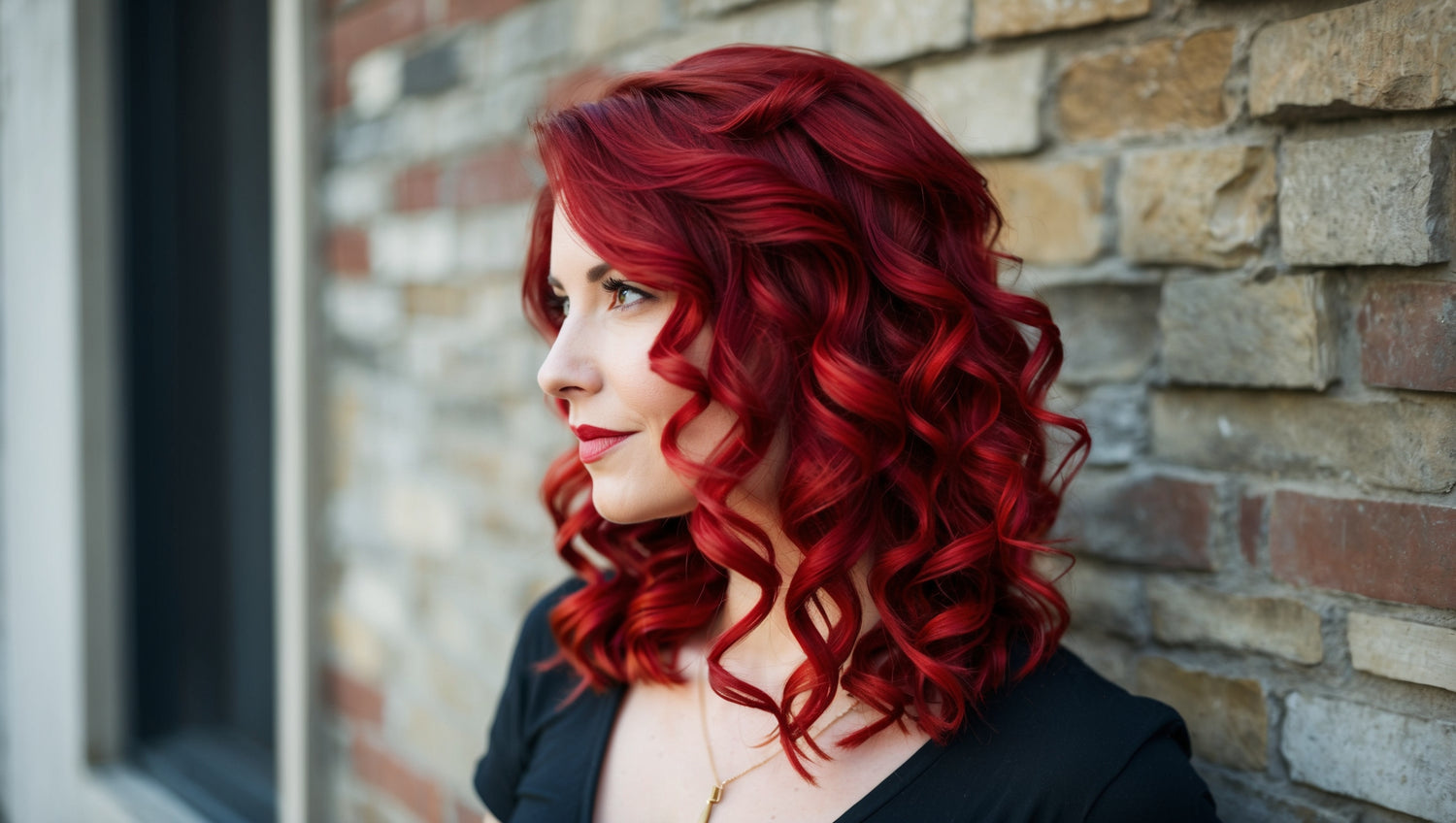Quick help against annoying scalp fungus! When the scalp itches and burns, most women first think of dandruff. However, there is another cause of itchy scalp that affects around 40% of the population: scalp fungus. In this article, you will find out where it comes from, what symptoms it causes and what you can do about it.
HOW DOES FUNGUS OCCUR ON THE SCALP?
Our skin is densely populated with all kinds of microorganisms. When it is particularly stressed, e.g. through dehydration or heavy sweating, these can multiply excessively and cause unpleasant symptoms. One category of these organisms are the so-called skin fungi. These live on the surface of the skin and use it for self-preservation and reproduction.

WHICH FUNGUS CAUSES DANDRUFF?
Fungal infections in the head area usually manifest themselves in the form of a tight, itchy or reddened scalp. The Malassezia species are a special case of head fungus. They multiply primarily in warm and humid climates and also need fat for their nutrition, which is produced by the sebaceous glands of the scalp. This usually results in greasy scales forming on the scalp. The excessive spread of the fungi causes redness and itching in the affected areas. Most types of fungi are harmless, but they often manifest themselves through unpleasant side effects that rarely go away on their own. If left untreated, head fungus can also lead to hair loss. To avoid this, there are several options for treating head fungus, which are presented below.
WHAT TO DO AGAINST FUNGUS ON THE SCALP?
MEDICAL TREATMENT
A head fungus infection should always be checked by a doctor so that it is clear which type of fungus it is and the appropriate treatment is successful. There are now separate preparations for each type of fungus that specifically kill these fungi without damaging the scalp's microflora too much. Nevertheless, after successful fungus treatment, it is recommended to gently rebuild the scalp and hair using care products.
CARE PRODUCTS
Special shampoos for head fungus and dandruff are also available in retail stores. There are also various care products that can help you rebuild your scalp and hair after a fungal treatment. You can use these especially if the cause of the excessive proliferation of the fungi has already been eliminated.
HERE ARE 3 OF OUR PREMIUM PRODUCTS THAT YOU CAN USE TO HELP TREAT SCALP FUNGUS:
1. Balance Anti Dandruff Shampoo against flaky scalp

This shampoo helps you to gently remove the dandruff that can be caused by a fungal infection and to regenerate the scalp underneath. It is also suitable for the care of itchy or slightly inflamed scalps. The product contains, among other things, the anti-dandruff ingredient piroctone olamine. This is used successfully primarily in the treatment of dandruff, but it has also been proven to work as a fungicide. This means that fungi such as Malassezia furfur are killed when the shampoo is applied to the scalp. It can therefore be used in addition to fungal treatment to relieve its symptoms and to cleanse the scalp.
2. Balance Eco Shampoo for sensitive & dry scalp

The shampoo is particularly gentle on the skin due to its ingredients and can help to reduce skin irritations such as redness or irritation. Your hair is thoroughly but gently cleansed and gets a healthy shine. It is ideal for further care and building up your hair, e.g. after a dandruff treatment or treatment with an active ingredient against Malassezia or other fungi. The most important active ingredients are coconut surfactants, rice extracts and urea. They support the natural moisture balance of your scalp and make your hair easier to comb.
3. Renaissance Mask for stressed hair

After successfully treating your scalp fungus, treat your hair to a hair mask! This product is particularly suitable for stressed hair that has lost its shine and bounce. It contains linseed oil and panthenol - both ingredients ensure shiny and smooth hair. It also protects the hair from drying out again. If you use this mask regularly, the active ingredients penetrate deep into the hair and also repair it from the inside. This keeps your hair healthy and resilient. Your scalp also benefits from the valuable properties of linseed oil. They ensure that the scalp is sufficiently moisturized and thus prevent any new cases of scalp fungus.
CONCLUSION:
If you follow the recommendations and instructions, you will soon notice a clear difference in your hair - in a positive sense! Now it's your turn. A fungus on the scalp is annoying and can lead to unpleasant symptoms, but it can usually be eliminated quickly and easily. If you suspect a head fungus infection, always have it checked by a doctor and carry out the treatment thoroughly and completely so that the fungus does not return. Then make sure that you provide your hair and scalp with sufficient care and moisture to prevent a new infection.





